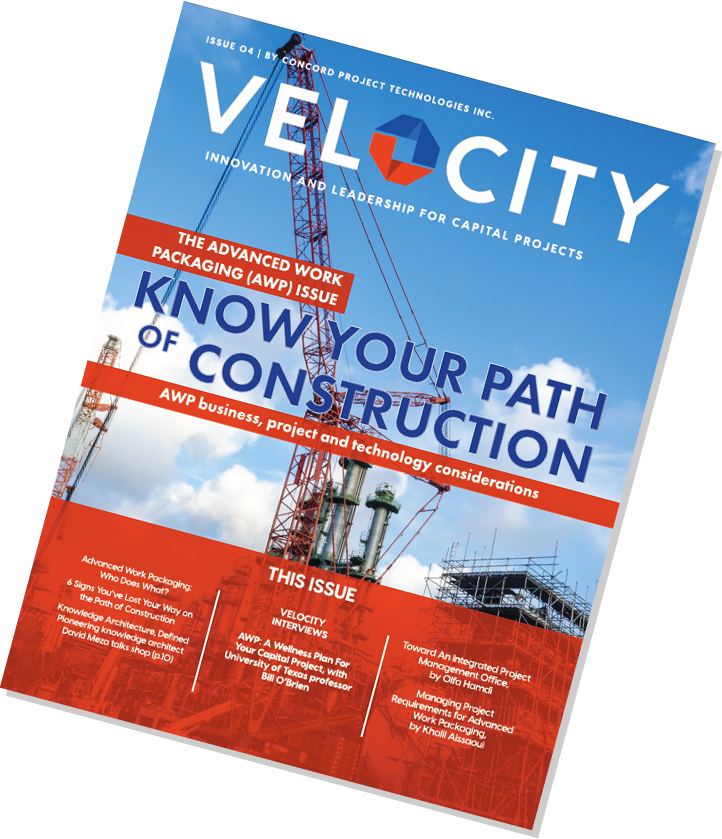Our collective focus on capital effectiveness fundamentals isn’t working — it’s time to turn our attention to capital predictability. Or can we have both?
For as long as anyone can remember, capital project organizations have been driven by an unrelenting focus on capital effectiveness fundamentals. Why? Because consulting companies commonly tout capital effectiveness as the be-all and end-all of business success metrics. But is it?
In this article, I’m going to question that position, take a critical look at capital effectiveness fundamentals, and invite you, as a capital project leader, to ask yourself two increasingly important questions: “What do I want more, capital effectiveness or capital predictability? Can I have both?”
Capital Effectiveness Fundamentals: The Predictability Trade-Off
Whether we choose to acknowledge it or not, the pursuit of capital effectiveness comes with significant trade-offs, and one of the things we trade is predictability. This is a structural problem related to the data we use: If you’re benchmarking your organization against data from competitors who are all delivering late and over budget, then being the best doesn’t count for much in terms of predictable, on-time, on-budget project delivery. It’s like benchmarking a college essay against data from Third Grade writing assignments: You might look good by comparison, but you’re still not delivering at the level you should be.
I’m not disputing that capital effectiveness fundamentals are important to understanding your business — they are. But the unrelenting focus on capital effectiveness to the exclusion of all else is hurting the capital projects industry. It diverts our attention away from predictability, and both obscures and supplants the data that would allow us to better understand whether we are delivering on-time and on-budget.
Consider, for example, the Final Investment Decision (FID). At most companies, it is driven entirely by the capital effectiveness paradigm. When it comes to predictable, on-time, on-budget project delivery, the FID is really just a wish list: a collection of assumptions and guesses about what we hope will happen during execution. Projects are approved, nobody follows up to see if the project was delivered on-time and on-budget, and nobody is held accountable for predictability failures. This is the natural outcome of a focus on capital effectiveness to the exclusion of all else. Predictability — both literally and figuratively — doesn’t count.
Stop benchmarking your capital project against other poorly executed projects and adopt a predictability-first mindset instead.
Olfa Hamdi Tweet
Adopting a Predictability-First Mindset
Stop benchmarking your capital project against other poorly executed projects and adopt a predictability-first mindset instead. Set a higher standard for your organization, one that values predictable, on-time, on-budget delivery first. You won’t abandon capital effectiveness fundamentals, of course, but no longer will you make capital effectiveness your central or sole objective.
If your organization is resistant to this paradigm shift, consider that the capital effectiveness approach has its roots in a study produced by the Rand Corporation in 1988 — more than three decades ago. Since then, we’ve been collectively chasing capital effectiveness in the hopes that it will help us deliver capital projects more predictably. But in a 2016 analysis, McKinsey reported that large projects across all asset classes still typically take 20 percent longer to finish than scheduled, and are up to 80 percent over budget.
Albert Einstein famously said: “The definition of insanity is doing the same thing over and over and expecting different results.” Isn’t it time we admit that our singular focus on capital effectiveness isn’t working?
Predictability Thinking® Executive Training
I propose that we prioritize capital predictability first, and target capital effectiveness fundamentals second. This is why I developed the Predictability Thinking Executive Training program.
Predictability Thinking® is a mental model for how on-time, on-budget capital projects work. The Predictability Thinking Framework™ helps us to learn how to apply that mental model on complex, real-word capital projects. In practice, the Predictability Thinking Framework™ helps capital project organizations develop a fact-based, accurate and reliable understanding of what factors impact project outcomes, and leverage that understanding to deliver projects on-time and on-budget.
The training introduces the fundamentals of Predictability Thinking® including the history, basic concepts and key applications. We then survey the four dimensions of Predictability Thinking® and provide robust examples to help teams interpret and apply the dimensions to their own projects. We provide an overview of key recommendations for predictable project delivery and finish with a short discussion about how Predictability Thinking® can apply to your unique organization.
What Executives Are Saying
I recently delivered this training to executives at a major international chemical Owner company. Here’s what one director of global project development said:
“This training was interesting, especially around understanding the fallacies of the statistical models commonly used to measure risk in the capital project industry. I also appreciated the insights provided in the training which are useful for our company’s future. Olfa leads the learning process with terrific energy and deep understanding of capital project delivery.”
If you are ready to invest in developing your Predictability Thinking® mindset, contact us today about booking a Predictability Thinking® Executive Training session.





